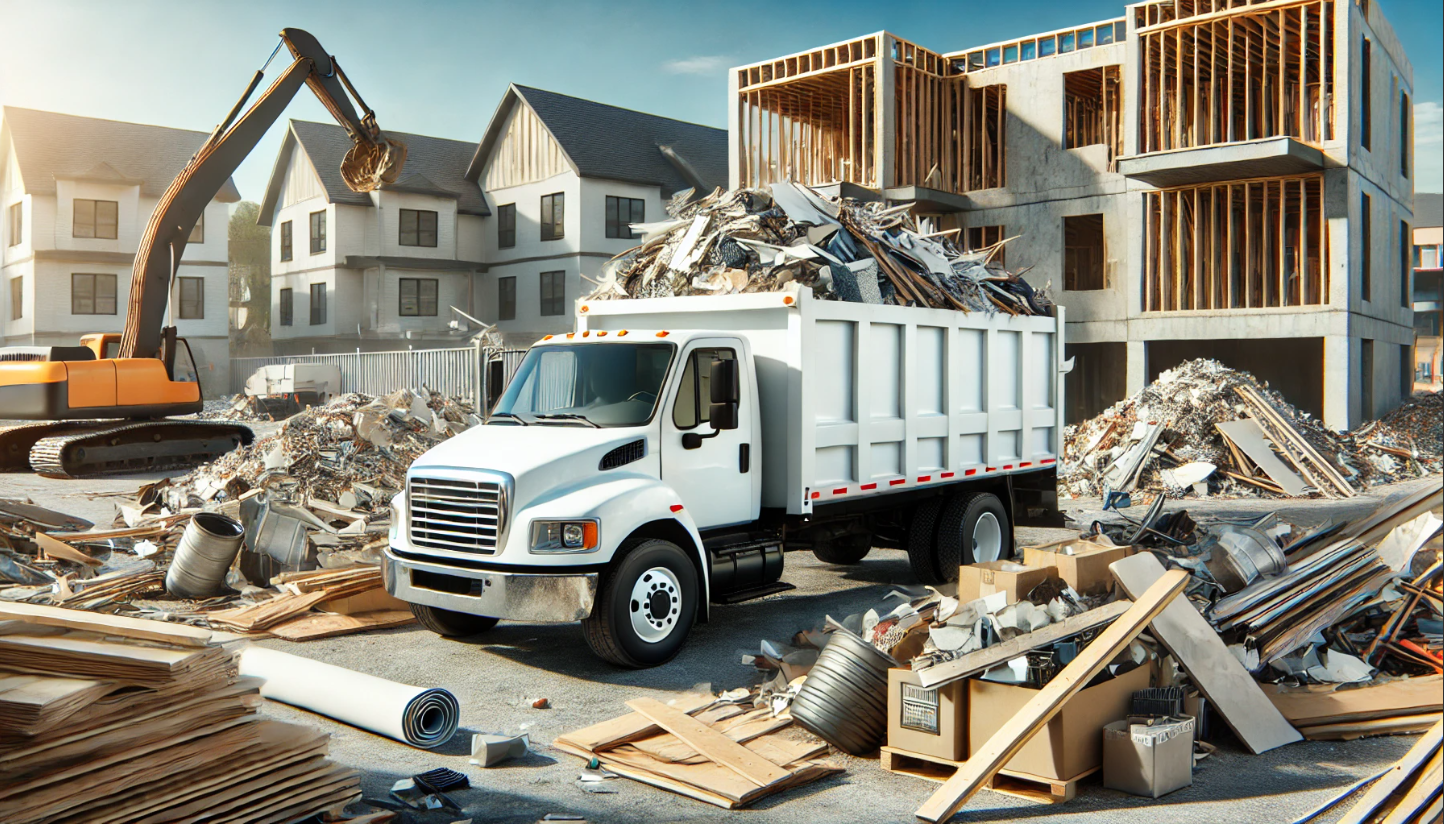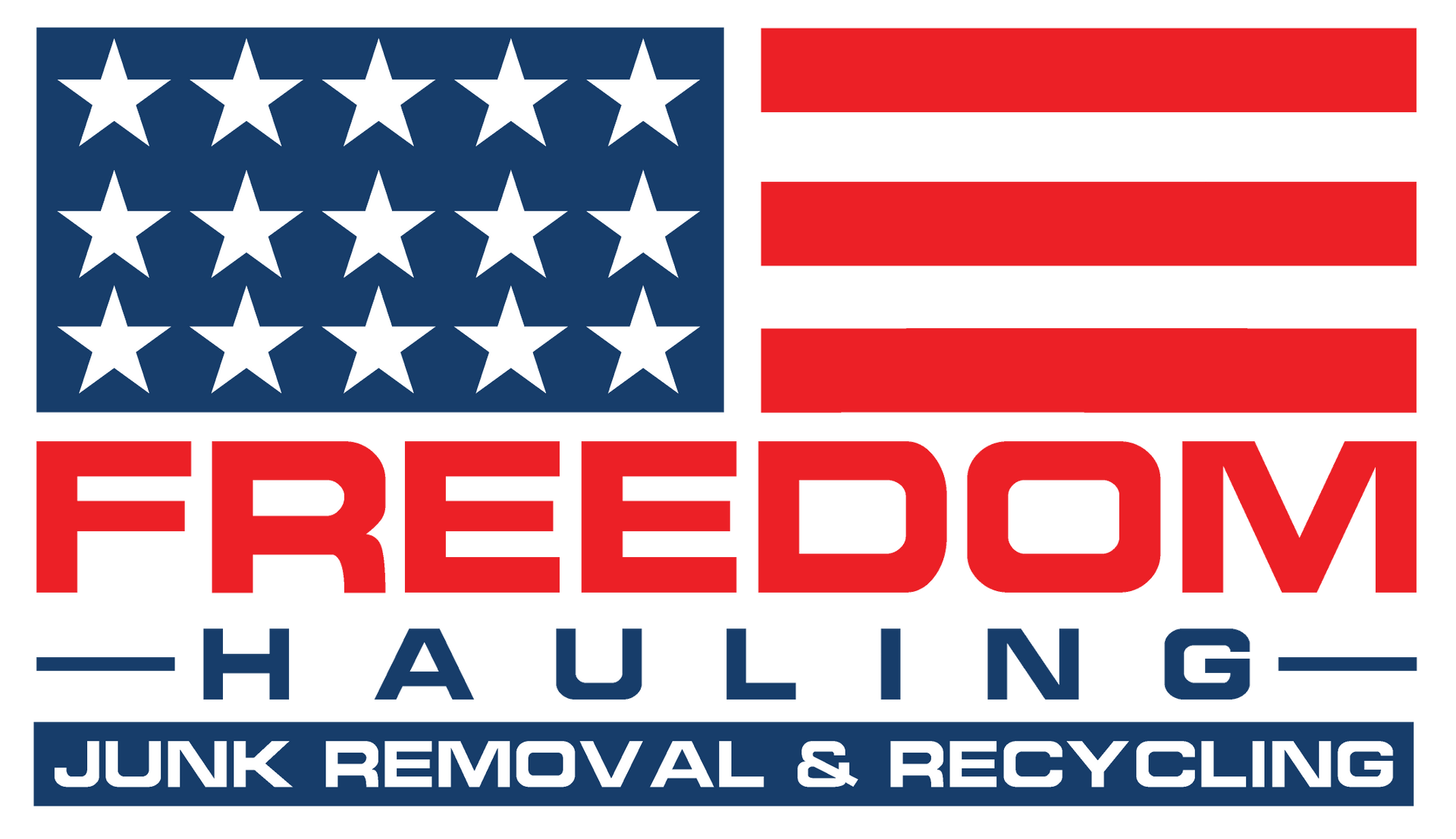
Construction Debris Removal – Efficient Solutions for Clean Worksites
Construction projects often leave behind a trail of debris—from drywall and wood to metal scraps and packaging materials. Effective debris removal is essential for maintaining safety, efficiency, and compliance on your worksite. This guide explores the benefits of professional construction debris removal, tips for choosing the right service, and eco-friendly disposal methods to keep your project clean and green.
Why Construction Debris Removal Matters
1. Ensures Safety on the Worksite
- Reduces tripping hazards and clears pathways for workers and heavy machinery.
2. Increases Efficiency
- A clutter-free site allows projects to progress smoothly without delays caused by debris.
3. Meets Regulatory Requirements
- Proper debris disposal prevents fines for non-compliance with local waste management laws.
4. Supports Sustainability
- Recycling and responsible disposal reduce the environmental impact of your project.
5. Saves Time and Money
- Professional services streamline cleanup, letting your team focus on construction tasks.
Benefits of Hiring Professional Debris Removal Services
1. Comprehensive Cleanup
- Professionals handle everything from sorting and loading to disposal and recycling.
2. Specialized Equipment
- Heavy-duty trucks and tools efficiently handle large volumes of debris.
3. Eco-Friendly Disposal
- Removal teams prioritize recycling and repurposing to reduce landfill waste.
4. Time-Saving Efficiency
- Rapid cleanup allows your project to stay on schedule.
5. Reduced Liability Risks
- Insured and licensed professionals ensure safety and compliance throughout the process.
Types of Construction Debris
| Debris Type | Examples | Disposal Method |
|---|---|---|
| Wood Waste | Lumber, pallets, tree remnants | Recycling or repurposing |
| Metal Scraps | Steel, aluminum, copper | Metal recycling centers |
| Concrete and Masonry | Bricks, tiles, cinder blocks | Crushed for reuse in new construction |
| Drywall and Plaster | Sheetrock, plasterboards | Recycling or landfill (if non-recyclable) |
| Glass | Windows, mirrors | Recycled into new glass products |
| Packaging Materials | Cardboard, plastic wraps, foam | Recycling programs |
| Hazardous Waste | Paint, chemicals, asbestos | Certified hazardous waste facilities |
How to Choose the Right Construction Debris Removal Service
1. Look for Industry Experience
- Choose a company with expertise in construction site cleanouts.
2. Prioritize Eco-Friendly Practices
- Ask about recycling rates and partnerships with local recycling facilities.
3. Evaluate Equipment and Resources
- Ensure the company has the capacity to handle your debris volume.
4. Check Licensing and Insurance
- Verify that the service is fully insured and compliant with local regulations.
5. Request a Detailed Quote
- Transparent pricing helps you budget accurately without surprises.
Eco-Friendly Construction Debris Disposal
1. Recycling Centers
- Materials like metal, wood, and cardboard are processed into reusable products.
2. Repurposing Materials
- Concrete can be crushed for road base, and wood can be reused for construction.
3. Proper Hazardous Waste Management
- Paint, chemicals, and asbestos are taken to certified facilities to prevent contamination.
4. Composting Organic Waste
- Tree remnants and yard waste are turned into mulch or compost.
5. Partnering with Green Services
- Eco-conscious junk removal companies ensure high recycling and donation rates.
FAQs About Construction Debris Removal
1. How quickly can debris be cleared from a worksite?
- Most jobs are completed within 24–48 hours, depending on the project size.
2. Can I recycle all types of construction debris?
- Many materials are recyclable, but hazardous waste and some composites may require special handling.
3. Do removal services include demolition cleanup?
- Yes, many companies specialize in post-demolition debris removal.
4. How do I estimate the cost of debris removal?
- Get an on-site evaluation from a professional service for an accurate quote.
5. What happens to debris after it’s removed?
- Items are sorted for recycling, repurposing, or proper disposal based on material type
